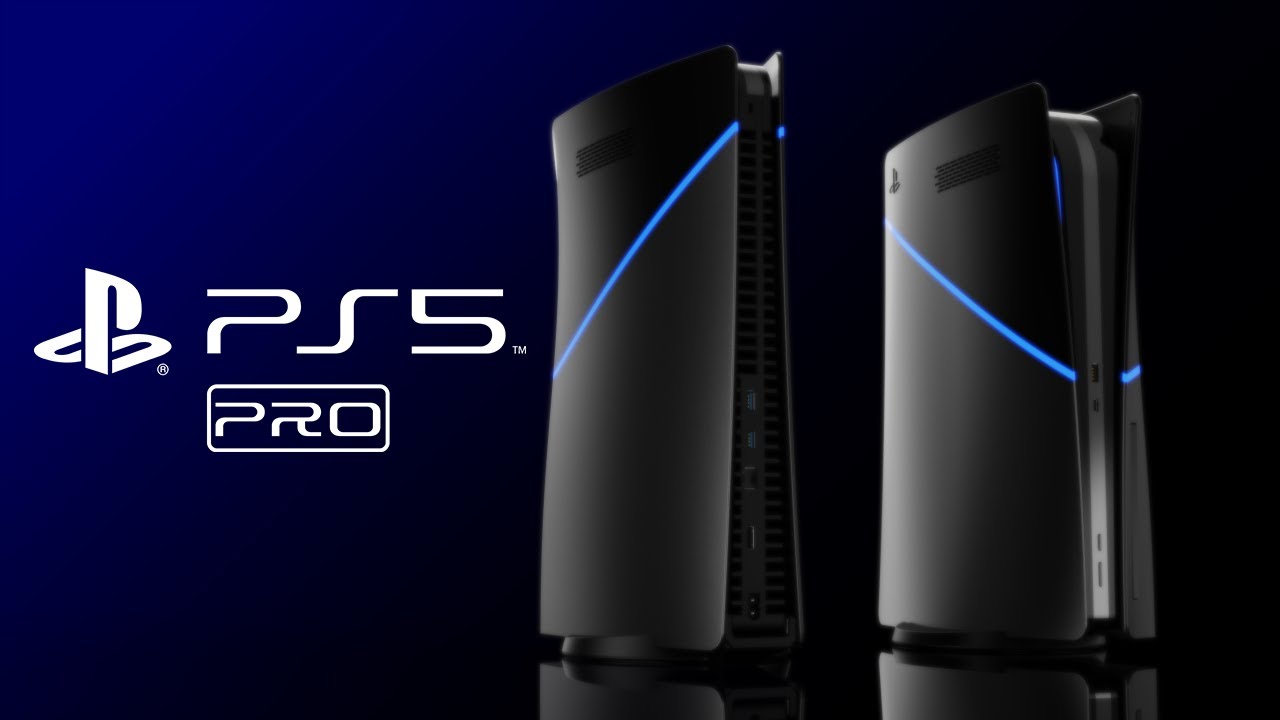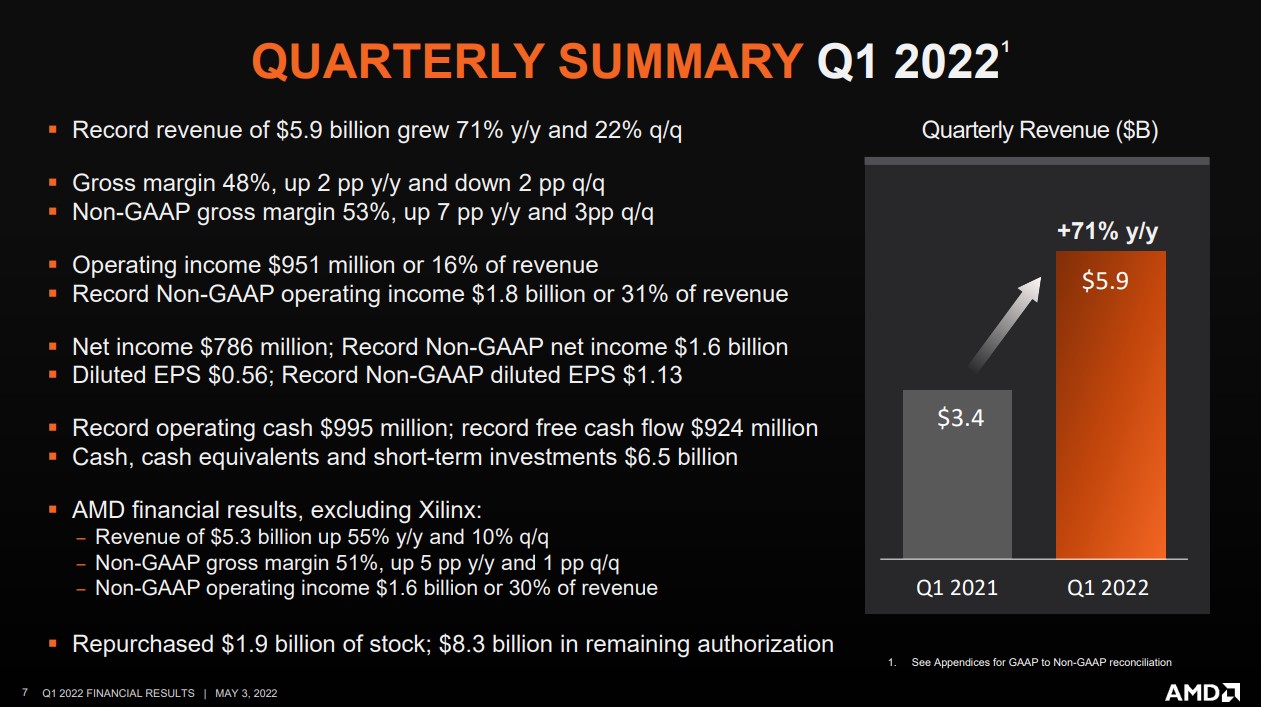is this real? It sounds fake to me, and the links in the video don't mention that videocard.... except for this, but...hmmmm

 insider-gaming.com
insider-gaming.com

EXCLUSIVE - More PlayStation 5 Pro Specs Detailed - Insider Gaming
Following this week's leaks on the PlayStation 5 Pro GPU specs and performance targets, Insider Gaming has learned more PS5 Pro specs.






